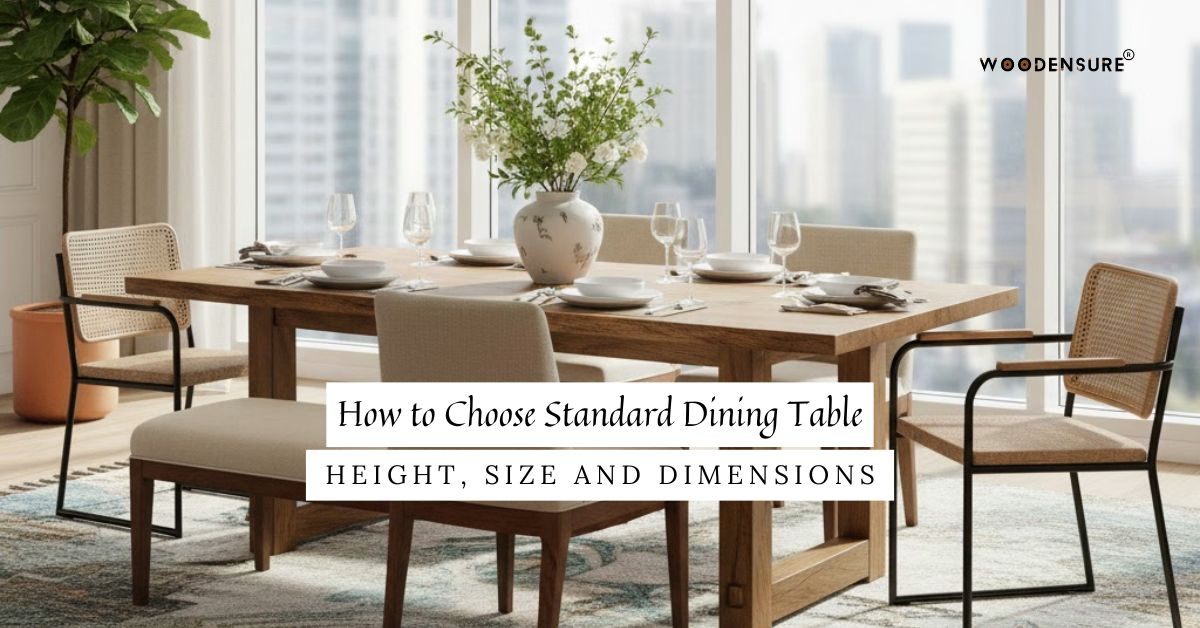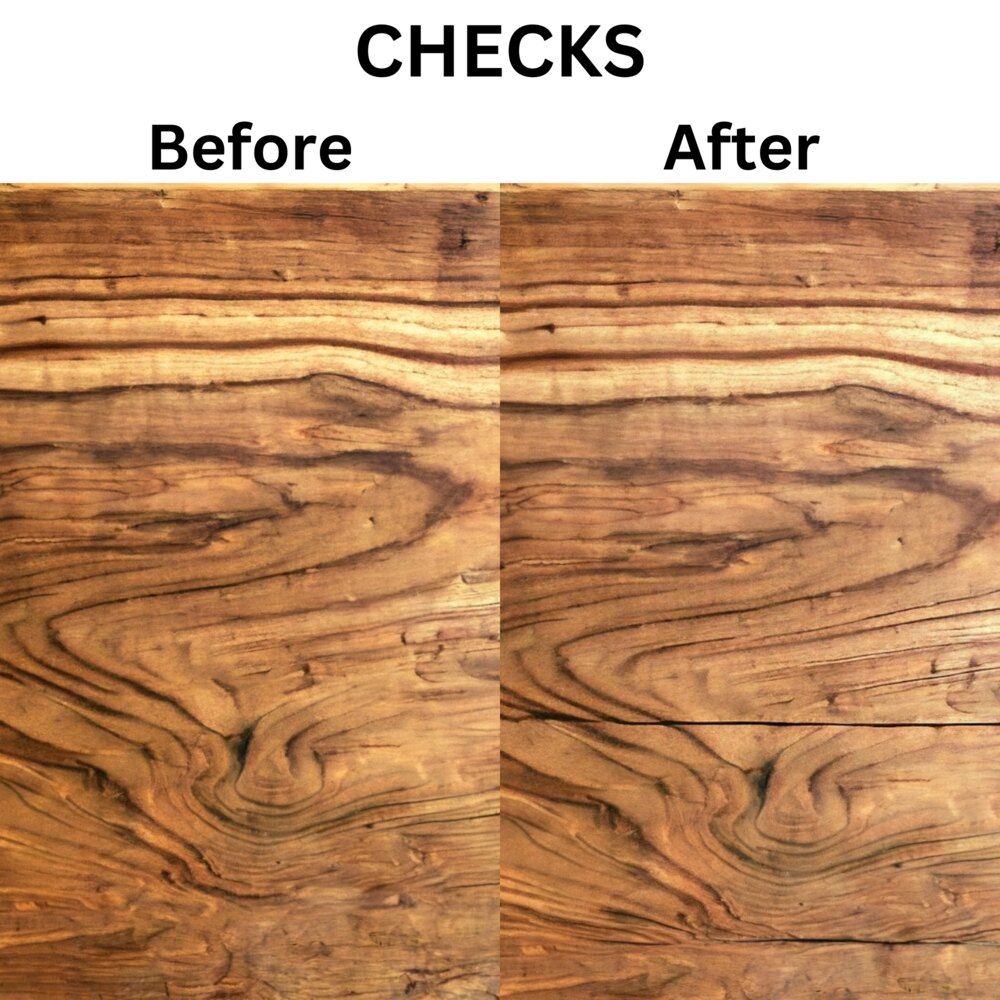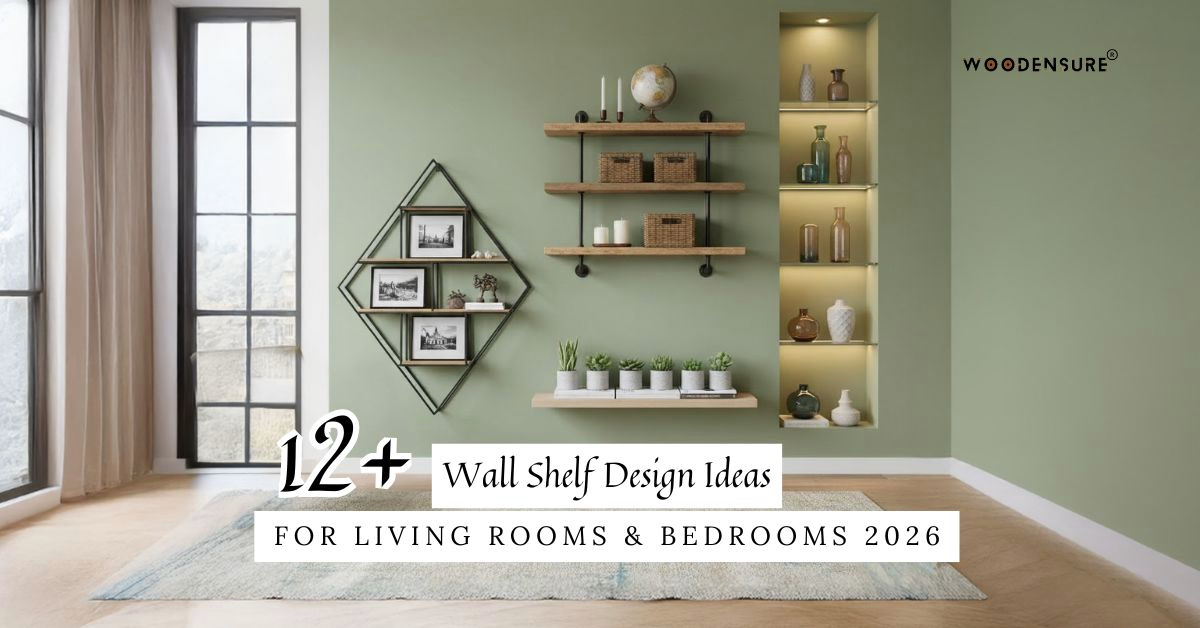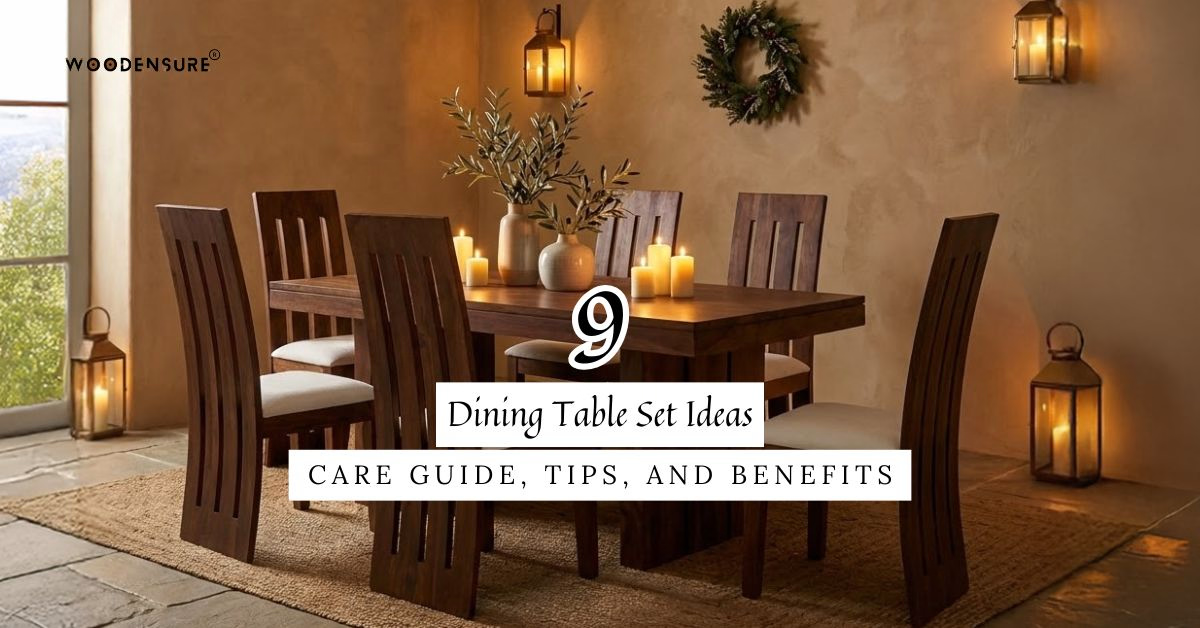
Understanding Wood Checking or Cracking: Causes, Process, and Maintenance Tips
Wood checking or cracking is a completely natural process that occurs as wooden furniture and structures age. Although it may seem worrisome, it is important to understand the reasons behind it and how to effectively handle it in order to maintain the beauty and durability of your wooden items. In this all-inclusive guide, we will delve into the concept of wood checking, its causes, the mechanism behind it, its impact, and provide you with essential maintenance tips to ensure your furniture remains in its prime condition.
Wood Checking or Cracking: What It Is?
Wood checking, which is also known as cracking or splitting, happens when cracks or splits develop in wood, typically along the grain. The extent and seriousness of these cracks can vary and are influenced by different factors such as moisture levels, environmental conditions, and the type of wood.
How Do Wooden Tables Crack? What Causes These Cracks?
Wooden tables are susceptible to cracking for a multitude of reasons, such as:
- Fluctuating Moisture Content: The ever-changing levels of humidity can cause the wood to expand and contract, creating strain and tension within its fibers.
- Inadequate Drying Techniques: If the wood isn't properly dried during the processing stage, it can develop internal stresses that ultimately lead to cracks.
- Environmental Factors: Extreme temperatures, high humidity, and prolonged exposure to sunlight can expedite the formation of unsightly cracks in wooden tables.
The Process of Wood Checking
Wood checking is a fascinating process that goes through several intriguing stages:
- Moisture Absorption: Wood has the incredible ability to absorb moisture from its surroundings, causing it to expand and swell. It's like the wood is quenching its thirst and growing plumper.
- Moisture Loss: As the moisture levels decrease, the wood starts to shrink. This shrinkage creates an internal battle of stress and tension within the wood fibers, as if the wood is trying to find its perfect shape.
- Crack Formation: The intense stress and tension within the wood fibers eventually give birth to cracks or splits along the grain. It's like the wood is expressing its struggle and releasing its built-up energy through these unique formations.
So, next time you come across a piece of checked wood, remember the fascinating journey it went through to become what it is today.
Is Wood Checking Bad?
Excessive cracking in wooden furniture can pose a threat to both its structural integrity and visual appeal, although some cracking is a natural occurrence. Severe cracks have the potential to weaken the wood, making it less functional. However, minor checking is commonly seen as a natural feature of wood and doesn't necessarily imply inferior quality.
How Your Furniture Should Be Maintained
The following helpful advice will help you save the quality of your hardwood cabinetwork and stop any unwanted damage
- Maintain a Controlled Environment: To reduce variations in humidity content, it's essential to maintain a steady inner moisture position. By doing this, inordinate cracking and checking will be avoided.
- Apply Finish and Sealants: Be sure to apply defensive home stretches and sealants to help the wood face from UV damage and humidity immersion. By doing this, you can cover the integrity of your furniture.
- Perform Regular examinations: Spend some time checking your cabinetwork from time to time for suggestions of wear and tear and gash or cracking.However, take quick action to stop the situation from getting worse, If you see any problems.
- Gentle Care: Treat your wooden furniture with utmost care to avoid any impact or strain that may lead to unsightly cracks.
- Regular Upkeep: Keep your furniture looking its best by regularly dusting it with a soft cloth and avoiding the use of harsh chemicals or abrasive cleaners.
Causes of Wood Checking
Several factors contribute to the occurrence of wood checking:
- Moisture Content Fluctuations: Fluctuations in the moisture content of wood can cause internal stress and tension, resulting in the wood fibers shrinking or expanding unevenly and leading to the formation of cracks.
- Drying Process: Inadequate drying techniques during the wood processing and seasoning stages can speed up the development of checks. When the wood is dried too quickly or unevenly, it creates internal stresses that cause cracking.
- Environmental Conditions: Extreme temperature changes, humidity levels, and direct sunlight exposure can worsen wood checking. As the environmental conditions fluctuate, the wood expands and contracts, increasing the chances of cracks forming.
- Wood Species: Some types of wood are more prone to checking than others. Factors like wood density, grain orientation, and natural characteristics influence how susceptible the wood is to developing cracks.
Prevention and Solutions
Minimizing the circumstance of wood checking and soothing its effects can be a challenge, but there are colorful preventative measures and solutions available.
- Proper Wood Selection: One important step is to choose high- quality, well- seasoned wood with low humidity content for your designs. It's also advisable to choose wood species that are known for their stability and resistance to checking.
- Correct Drying ways: Proper drying ways are pivotal. Make sure to dry and season the wood using controlled styles that gradually and evenly reduce humidity content. Avoid rapid-fire drying ways that can cause stress and lead to checking.
- Enhancing Durability: Enhance the longevity of wood by applying sealants, stains, or finishes to shield it from moisture and harmful UV rays. By regularly maintaining and reapplying these protective coatings, you can extend the lifespan of the wood and prevent any cracking or checking.
- Balancing Moisture: Keep the moisture levels in check by maintaining a stable indoor humidity. This ensures that the wood remains unaffected by drastic changes in moisture content. Utilize humidifiers or dehumidifiers when necessary to create an ideal environment for your wooden belongings.
- Safekeeping and Care: Safeguard your wooden items by storing them in a well-ventilated space that is climate-controlled. Shield them from direct sunlight and moisture sources to prevent any damage. Additionally, handle wood with caution to avoid unnecessary stress and impact that may lead to cracking or checking.
In conclusion,
Wood checking or cracking is a completely natural occurrence that can be influenced by a variety of factors. These factors include the moisture content of the wood, the drying techniques used, the environmental conditions, and even the type of wood species. However, by gaining a deeper understanding of what causes wood checking and taking proactive measures, you can effectively maintain the beauty and longevity of your wooden furniture for many years to come.
Whether you're an avid woodworking enthusiast, a skilled furniture maker, or simply a homeowner who values their wooden pieces, implementing preventive measures against wood checking is crucial. This will ensure that your cherished wood items remain in optimal condition, enhancing the overall aesthetic of your living space while also guaranteeing their durability and longevity.
Popular Blogs—
2024 Center Table trends | Solid Wood Table | 6- Seater Acacia Wood Dining Table | Custom Solid Wood Table | Live Edge Table | Custom Epoxy Table | Custom Solid Wood Dining Table | Custom Slab Tables | Nesting Table




